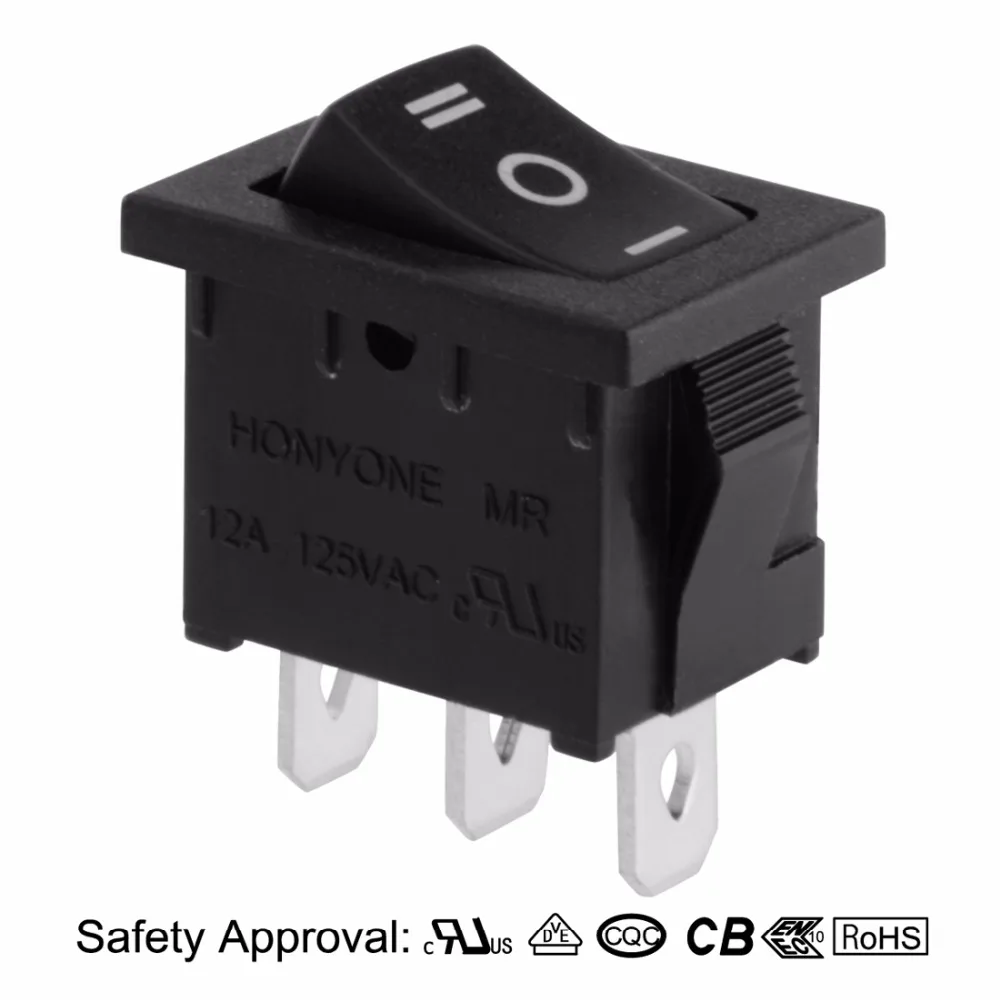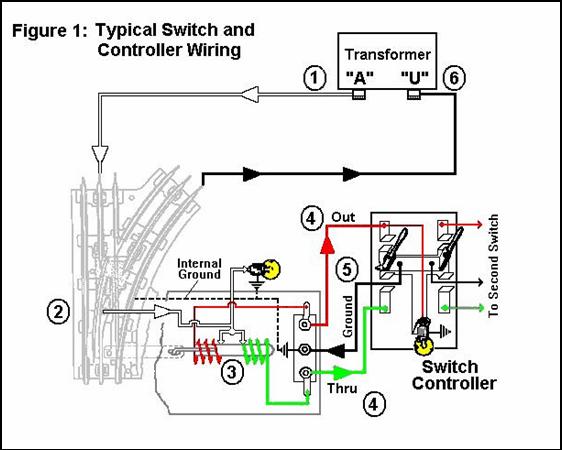

The white neutral conductor from the source is connected to the white wire(s) or neutral terminal of the light fixture.

*Note that this is one of the few times that it is acceptable to use a white wire as a hot conductor, providing that you identify this as a live wire by using a piece of black tape, or a permanent felt marker to color in a section of the wire close to the connection point so as to clearly identify that the wire is not a neutral conductor as one would normally expect! In the light box, splice the black power wire in, to the white wire going to the switch.
WIRING ON OFF SWITCH INSTALL
Properly install the cables in the device boxes and terminate your ground wires as per code rules and accepted trade practices. Then run a 2-wire cable to the outlet box for the switch that will be used to control this light. Run your 2-wire power feed cable to the outlet box for the light fixture. Wiring a Light Switch Method One: The switch-leg drop Step One: The second method is by far the best way, especially if you are using the switch to control more than one light outlet. One method is to bring the power supply in to the light fixture outlet box, and then use what is called a “switch-leg drop” to the switch box, and the other way is to bring power in to the switch box, and then run the “switched” cable up to the light or lights. There are two methods for wiring a basic on/off (single-pole standard duty) switch to a light or a set of lights. Method Two: Power to switch, then to light or lights This article explains the two most common methods for wiring a basic light switch: Two Common Methods for Wiring a Light Switch The easiest wiring of a light switch you can do is with a single-pole standard light switch. It is just one of those essential skills that every DIYer should be feel confident doing. Wiring a light switch is probably one of the simplest wiring tasks most homeowners will have to undertake.


 0 kommentar(er)
0 kommentar(er)
